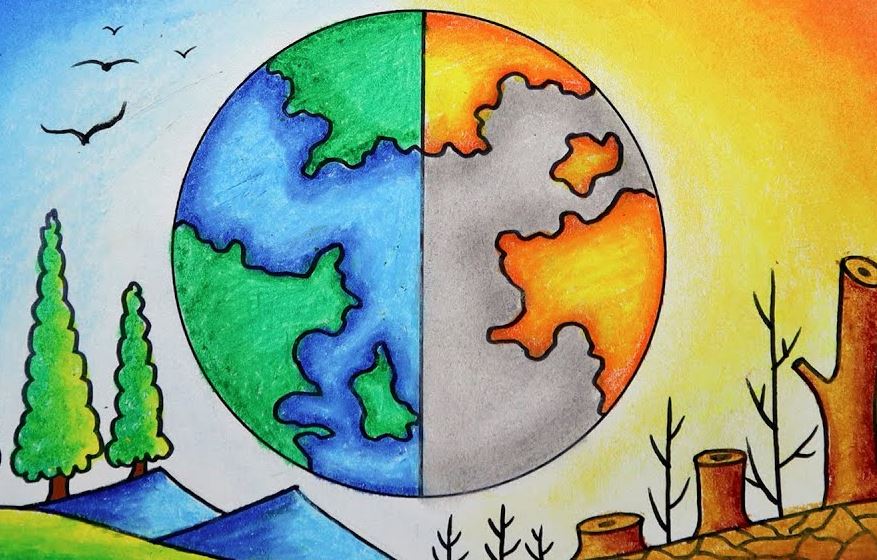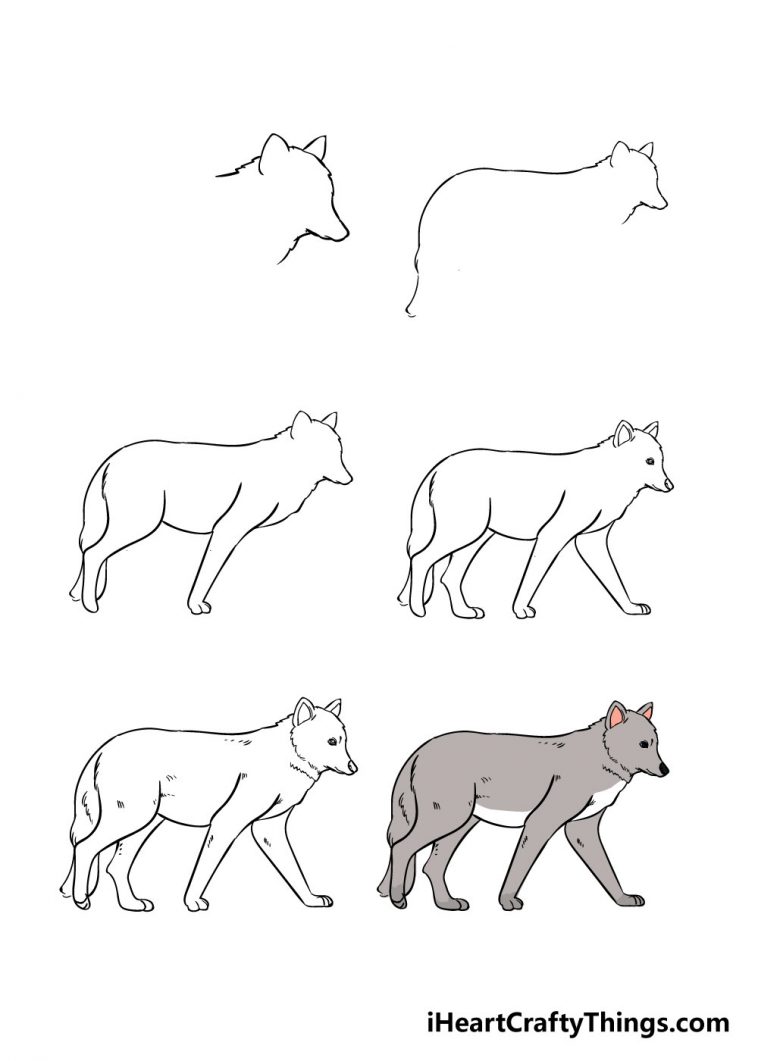Save environment drawing easy and beautiful
Table of Contents
Table of Contents
The environment is a beautiful and intricate subject to draw. Being able to capture the essence of the environment is not only pleasing to the eye but also therapeutic. In this blog post, we will explore how to draw the environment to help you enhance your drawing skills and create beautiful art pieces.
Pain points
When it comes to drawing the environment, many people struggle with creating depth and texture. They find it challenging to capture the realistic aspects of their surroundings and often end up with flat and uninspiring drawings.
How to draw the environment
Before jumping into the drawing process, spend some time observing your surroundings. Take note of the different elements present in your environment, such as trees, rocks, buildings, or bodies of water. Once you have an idea of what you want to draw, start by sketching the basic shapes and outlines of the different parts of your environment.
Next, work on adding depth and texture by shading different parts of your drawing. Pay attention to how light falls on different surfaces, and use shading techniques to create the illusion of depth and dimensionality. Use a variety of lines, such as cross-hatching or stippling, to create texture in the different parts of your drawing.
Finally, add details and finishing touches to your drawing. Details such as leaves on trees or clouds in the sky can add interest and depth to your environment drawing.
Summary
In summary, when drawing the environment, remember to observe your surroundings and sketch basic shapes and outlines. Use shading techniques to add depth and emotion to your drawings, and experiment with different textures and details.
How to draw the environment: Tips and tricks
When I first started drawing the environment, I found it challenging to capture the intricate details of my surroundings. However, what helped me was breaking down my drawings into smaller, more manageable parts. I would start with the basic shapes, such as the outline of a tree, and then work on adding details and shading to create a more realistic look.
 Another useful tip when drawing the environment is to experiment with different textures and mediums. For example, you can use watercolors to create a washed-out effect for a more natural look, or you can use colored pencils to add vibrancy and depth to your drawings. It’s all about finding what works best for you.
Another useful tip when drawing the environment is to experiment with different textures and mediums. For example, you can use watercolors to create a washed-out effect for a more natural look, or you can use colored pencils to add vibrancy and depth to your drawings. It’s all about finding what works best for you.
Drawing the environment with emotion
When drawing the environment, try to capture the emotion and feeling of your surroundings. For example, if you’re drawing a forest, try to convey the calm and peacefulness of being in nature. Adding small details, such as a river or a bird in the sky, can help add emotion and depth to your drawing.
 ### Drawing bodies of water
### Drawing bodies of water
When drawing bodies of water, such as lakes or oceans, pay attention to the movement and direction of the waves. Use a variety of shades of blue and green to create a more realistic look, and add details such as reflections or ripples in the water.
Drawing cityscapes
Drawing cityscapes can be challenging due to the sheer amount of detail involved. When drawing a cityscape, start with the basic outline and silhouette of the buildings, and work on adding details such as windows and doors, and textures such as brick or concrete. Use a variety of shades to create contrast and add depth to your drawing.
Question and Answer section
Q: What are some tips for capturing the essence of the environment when drawing?
A: One of the best tips for capturing the essence of the environment is to observe your surroundings carefully. Take note of the different elements present and try to capture the emotion and feeling of your surroundings in your drawing. Also, experiment with different textures and mediums to find what works best for you.
Q: How can I add depth to my environment drawing?
A: Use shading techniques such as cross-hatching or stippling to create the illusion of depth and dimensionality. Pay attention to how light falls on different surfaces, and use a variety of lines to create texture in the different parts of your drawing.
Q: What are some common mistakes to avoid when drawing the environment?
A: One common mistake is to rush through the drawing process without taking the time to observe your surroundings and plan your drawing. Also, avoid using flat colors and instead focus on adding depth and texture to your drawing.
Q: Can I use different mediums when drawing the environment?
A: Yes, you can experiment with different mediums such as watercolors, colored pencils or markers to add depth and vibrancy to your drawing. It’s all about finding what works best for you and your style.
Conclusion of how to draw the environment
Drawing the environment can be a rewarding and therapeutic experience. By observing your surroundings, breaking down your drawing into smaller parts, and using shading techniques and different textures, you can create beautiful and realistic drawings of the environment. So go outside, find inspiration, and start drawing!
Gallery
How To Draw Environment Day Drawing - YouTube

Photo Credit by: bing.com /
Save Trees Environment Drawing Easy And Beautiful - Leader-opowiadanie

Photo Credit by: bing.com /
World Environment Day Drawing Easy Step By Step

Photo Credit by: bing.com / htdraw
Save Environment Drawing Easy And Beautiful - YouTube

Photo Credit by: bing.com /
Save Environment Drawing - YouTube

Photo Credit by: bing.com /






